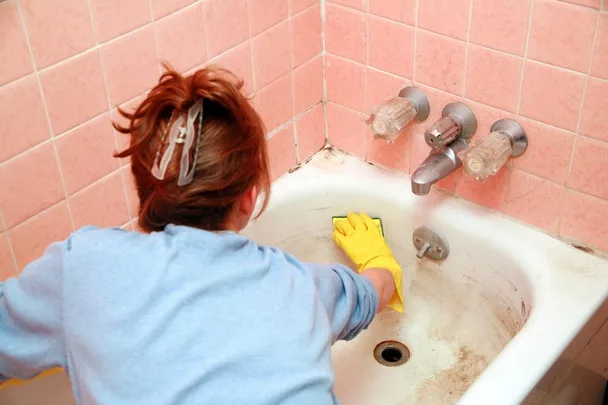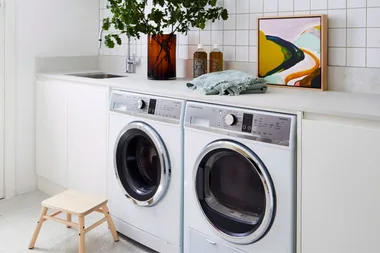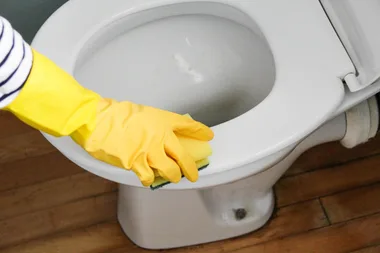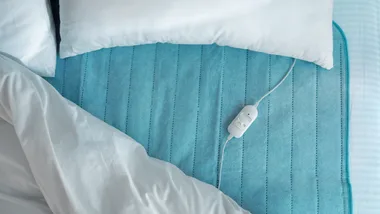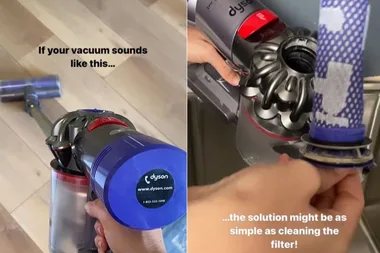If neglected, mould can get out of control – quickly. While prevention is the best solution, and there are some great mould removal products to add to cart, there’s one cleaning product you shouldn’t use as mould buster – and that’s bleach.
What not to use to remove mould
It’s been proven that harsh chemicals such as bleach and ammonia aren’t always effective in removing mould.
A NSW government guide to removing mould also notes that these chemical solutions can be expensive and “are hazardous if used improperly.”
The problem with bleach is it may simply bleach the colour of the mould, giving the illusion of a mould-free surface.
“The fungi contain melanin, and the bleach just takes the colour out, but the fungi are still there, you are just masking it,” Mycologist Heike Neumeister-Kemp told the ABC.
“Six weeks later it appears to come back, but it was never gone.”
Heike recommends a vinegar solution to break down the fungi.
“The vinegar attacks the fungi mechanically,” she said, “so it actually, via osmosis, penetrates into the structure and explodes it, so you actually kill the fungi.”
How to remove mould
Start by sorting mouldy items into non-porous (hard plastics, wood, steel), semi-porous (walls and surfaces) and super-porous (clothes, carpet, paper, furniture).
Throw out anything that is super-porous and covered in mould – it’ll be hard to restore it, unless you have your carpet professionally cleaned.
Next, create the vinegar solution:
Steps
- Pour a concentration of 80% vinegar to 20% water into three buckets
- Grab a microfibre cloth, dip it into the first bucket and clean a patch of mould
- Rinse the cloth in the second bucket, and rinse again in the third
- Repeat until all mould is cleaned off
- Wipe areas with dry microfibre cloth when finished

Other alternatives to using bleach on mould
1. Clove oil
Clove oil is a popular natural treatment for mould thanks to its antifungal properties.
Cleaning expert Shannon Lush has previously told Better Homes & Gardens this method is particularly effective for hard surfaces.
How to use it
Mix a quarter teaspoon of clove oil into a litre of water
Pour the mixture into a spray bottle and mist over hard surfaces
Wipe down surfaces or leave spray to dry as a preventative measure
2. Tea tree oil
How to use it
- Add 2 teaspoons of tea tree oil to a spray bottle filled with water
- Spray on problem areas and do not rinse
- Wipe areas with dry microfibre cloth when finished
3. Grapefruit seed extract
If you don’t like the smell of tea tree oil, grapefruit seed is just as effective.
How to use it
- Add 20 drops grapefruit seed extract to a spray bottle filled with water
- Spray on problem areas and do not rinse
- Wipe areas with dry microfibre cloth when finished
4. Bi-carb soda
You can use bi-carb on its own or with vinegar to remove mould.
How to use it
- Dissolve 2 tablespoons of baking soda into water and spray onto surface.
- Let it sit, then scrub and wipe with a damp cloth.
- Wipe areas with dry microfibre cloth when finished
